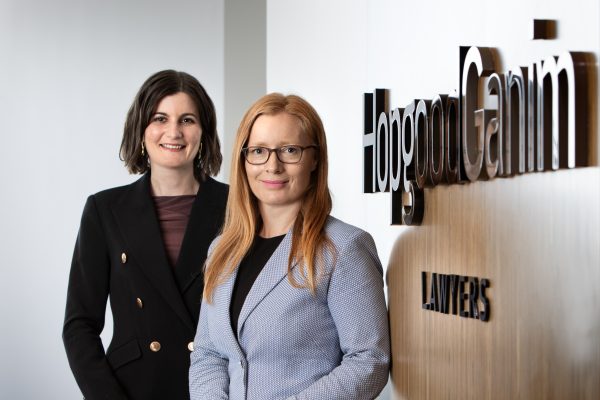Trademarks are recognised signs, such as words and logos, which distinguish your products or services from that of others. A registered trademark, as governed by the Trade Marks Act 1995 (Cth), gives the owner exclusive rights to use their trademark in relation to their goods and services and a right of relief if the trademark is infringed.
Complex issues may arise for startup businesses that do not have adequate trademark protections. Conducting a business without trademark registration could have a negative effect on future mergers and acquisitions. In particular, the absence of trademark registration could be brought up in due diligence and could affect the valuation of the business or delay the transaction. Ultimately, branding may become a business’s most important asset; therefore, it’s worth protecting from the outset. Here are five top trademarking issues to consider for your startup.
1. First to use
To apply for registration of a specific trademark, a person must claim to be the owner of the trademark by showing actual use (or in certain jurisdictions, intended use) of the trademark within the jurisdiction, before any other person. Importantly, in order to register within Australia you must be the first user of the trademark, which is different to other jurisdictions that grant trademarks to whomever is first to file their application. We will conduct a trademark search before registration to ensure your trademark application is not infringing another trademark. This will help you find the best option to represent and distinguish your goods and services.
2. The trademark is not capable of distinguishing
A trademark application may be rejected on the grounds that it is not capable of distinguishing the applicant’s goods or services from that of another’s. There are various negative criteria set out in the Trade Marks Act 1995 (Cth) that outline when trademarks are not able to distinguish goods and services from that of others. This includes when trademarks use words or symbols that are descriptive of the kind, and quality or intended purpose of the product or service. We can assist you to avoid the use of descriptive signs and avoid the use of negative criteria outlined in the legislation.
3. Third party opposition
As part of the registration process, trademark applications are advertised for opposition purposes and can be opposed by an interested third party. This means that your application may be subject to opposition on a variety of grounds as set out by the Trade Marks Act 1995 (Cth). We can assist you in responding to any opposition.
4. Ownership
It is important to register the trademark with the entity or person that is going to use the trademark. In cases where trademarks are used by persons or entities with the authorisation of the registered owner, but registered with an alternate party, certain evidence needs to be kept in order to preserve the validity of that registered trademark – otherwise it can become vulnerable to removal for non-use. Such evidence may include a properly drafted written licence agreement, but also evidence of regular quality control audits in respect of the use of the trademark by the authorised user. Note there are complex legal requirements as to valid licensed or “authorised use” of a trademark and not following those requirements strictly can affect the validity of the registration at a later time. Further, if you have sought the assistance of a graphic designer, you will need them to assign ownership to you, noting that ownership originally resides in the creator of the mark.
5. Scope of the application
When applying for a trademark, you must select one or more classes of goods or services that have a connection with your product. Startups, particularly in the technology sector, may find it difficult to forecast the direction of their business, and in turn, struggle to identify the suitable classes of their trademark. That being said, you can’t claim all goods/services you think you might be involved with in the future, noting that you must also use the trademark in connection with the class of goods and services claimed (although in some jurisdictions the intention to use is sufficient). We will recommend the best classes for you based on goods and/or services that you are using or intend to use within a few years of filing the application.
Request a quote
To discuss your quote or take the next step in your trademark journey, contact our Intellectual Property team.
CMS Form: Trademark enquiry form


